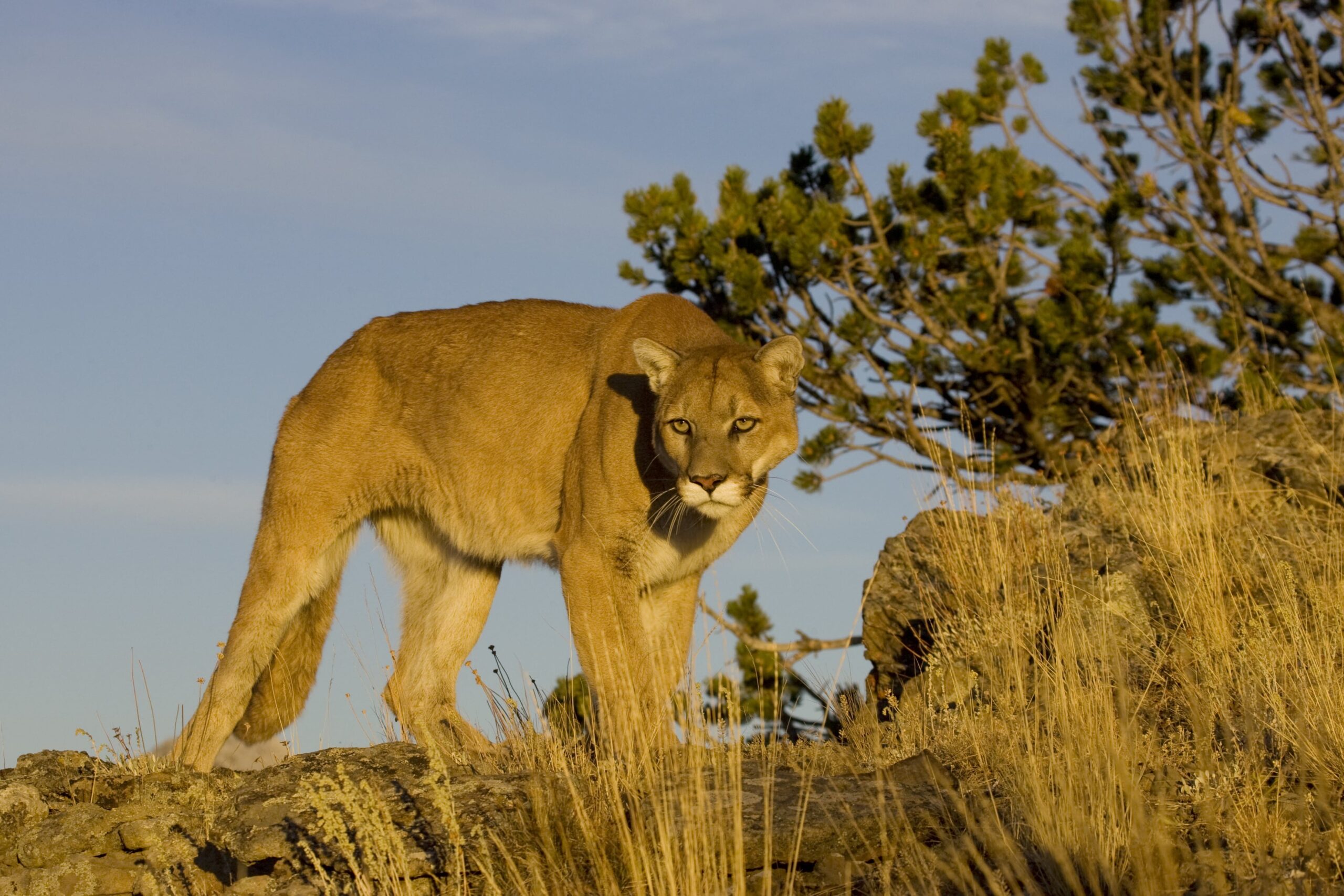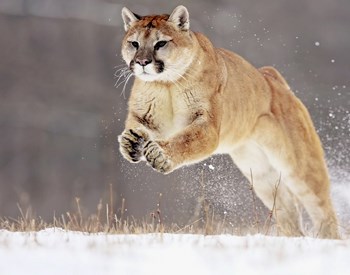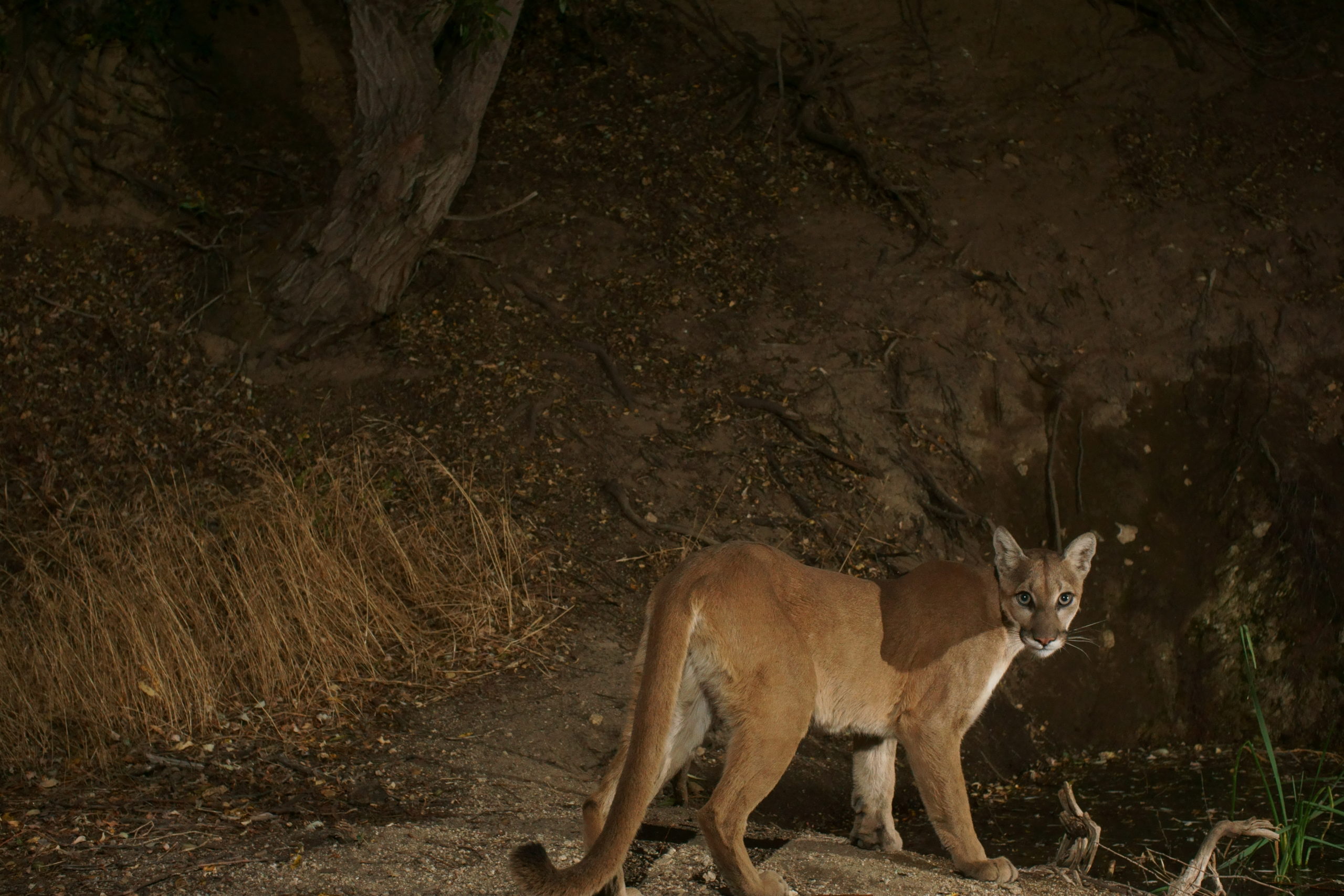In the vast wilderness of the Americas, a creature of unparalleled grace and stealth roams, often unseen yet always present. Known by a multitude of names – the cougar, puma, panther, catamount, and even the red tiger – this magnificent feline is perhaps best described by its evocative moniker: the "lion of the mountain." Despite its powerful presence and wide distribution, the mountain lion remains one of the most mysterious and elusive predators, a true ghost of the wild. This article delves into the fascinating world of this apex predator, exploring its identity, incredible physical capabilities, vast territories, and vital role in maintaining healthy ecosystems.
A Name for Every Shadow: The Many Aliases of the Mountain Lion
Few animals boast such a rich tapestry of names as the mountain lion. This linguistic diversity reflects its widespread presence across diverse cultures and landscapes. While "mountain lion" is a common term, it's equally recognized as:
- Cougar: A popular term, particularly in North America.
- Puma: Widely used, especially in South America and in scientific classification (Puma concolor).
- Panther: Though often associated with black leopards or jaguars, "panther" is also a legitimate name for the mountain lion, particularly in the southeastern United States.
- Catamount: An older term, short for "cat of the mountain."
- Painter: A corruption of "panther," still used in some regions.
- Red Tiger / Deer Tiger: Names that speak to its coloration and primary prey.
- Yellow Cat: Another descriptive name highlighting its typical tan hue.
Regardless of the name, all refer to the same species: a large cat native to the Americas. Interestingly, despite its powerful build and "lion" association, the mountain lion (Puma concolor) is not closely related to true lions or tigers. Instead, it belongs to the Felidae family and is surprisingly more akin to smaller cat species, a testament to the diverse evolutionary paths within the feline lineage.
Built for the Wild: Physical Prowess and Appearance
The mountain lion is a master of its environment, a testament to millions of years of evolution shaping it into an incredibly efficient predator. These large, tan-colored cats possess a distinctly muscular body, a hallmark of their strength and agility. While their general coloration ranges from a sandy tan to a grayish hue, cubs are often covered with distinctive blackish-brown spots, which help them camouflage in their early, vulnerable stages. As they mature, these spots typically fade, leaving behind the uniform coat of an adult.
Their physical attributes are nothing short of remarkable. Mountain lions are equipped with:
- Sharp Eyesight and Keen Hearing: Essential tools for nocturnal hunting and navigating complex terrain.
- Powerful Limbs: Enabling incredible feats of athleticism. This predator can not only swim and climb trees with ease but also possesses an astonishing jumping ability – capable of leaping to the height of a two-story building in a single bound!
- Varying Size and Weight: While they are the largest predators in some areas like Rocky Mountain National Park, their size can vary. Adult males are generally larger and heavier than females, reflecting typical feline sexual dimorphism.
This combination of speed, power, and acute senses makes the mountain lion an unparalleled hunter, capable of taking down prey much larger than itself, from deer to smaller mammals.
- How Old Was Keanu Reeves In Bill And Teds
- Keanu Reeves And Carrie Anne Moss
- Where Does Winona Ryder Live
- Shawn Johnson Miscarriage
- Art Garfunkel Wife
A Realm Without Borders: Distribution Across the Americas
One of the most striking characteristics of the mountain lion is its unparalleled geographical distribution. It holds the distinction of being the most wide-ranging cat species in the world and boasts the greatest geographical distribution of any extant terrestrial mammal in the Americas. Its vast territory stretches from the Canadian Yukon in the north, through North and Central America, all the way down to the Strait of Magellan at the southern tip of South America.
This incredible adaptability allows the mountain lion to thrive in a diverse array of habitats, including:
- Dense forests
- Arid deserts
- Rugged mountains
- Swamplands
In North America, it stands as the second largest felid, surpassed only by the jaguar. The extensive habitat required by these animals makes them an "umbrella species." This means that by conserving mountain lion populations and the large amounts of open habitat and wilderness they require to thrive (often needing almost 13 times the amount of area compared to some other species), we inadvertently protect countless other species that share these vast, undisturbed ecosystems. Their territories can fluctuate significantly based on habitat conditions and prey availability, showcasing their remarkable flexibility.
The Architect of Ecosystems: Mountain Lions as Keystone Species
Beyond their impressive physical attributes and wide range, mountain lions play a critical and often underestimated role in the health of their ecosystems. They are considered a "keystone species." A keystone species is one that has a disproportionately large effect on its natural environment relative to its abundance, meaning its removal would trigger a cascade of negative effects on the ecosystem.
Through their interactions with prey, mountain lions create "top-down" effects that regulate the entire food web. By preying on herbivores like deer, they:
- Regulate Prey Abundance and Behavior: Keeping herbivore populations in check prevents overgrazing, which can degrade vegetation and impact other species dependent on that plant life. Their presence also influences where and how prey animals forage, leading to healthier plant communities.
- Reduce Herbivory: Less overgrazing means more robust plant growth, which benefits smaller animals, insects, and the overall biodiversity of the area.
- Maintain Ecosystem Balance: By controlling prey populations, mountain lions prevent resource depletion and help maintain the delicate balance of predator-prey dynamics.
Their role as apex predators is indispensable for maintaining the integrity and resilience of the natural landscapes they inhabit.
Glimpses of the Ghost: Recent Sightings and Growing Presence
Despite their elusive nature, recent years have seen an increase in confirmed mountain lion sightings across various states, providing valuable insights into their populations and movements. For instance, the Oklahoma Department of Wildlife Conservation (ODWC) has been tracking confirmed mountain lion sightings in Oklahoma since 2002. Excitingly, trail cameras have captured significant evidence, such as an adult mountain lion with three kittens photographed in Cimarron County in December 2024, and mountain lion kittens caught on camera in two counties, providing compelling evidence that these magnificent cats may be breeding within the state.
This trend isn't isolated to Oklahoma. The increase in mountain lion sightings, often accompanied by photos and even road-killed animals, has also been tracked in other states including Texas, New Mexico, Colorado, and Nebraska. These sightings underscore the fact that mountain lions are adapting and, in some areas, potentially expanding their territories, a hopeful sign for their long-term survival. Their continued presence is a testament to the resilience of nature and the success of conservation efforts that protect the vast wilderness areas they call home.
Conclusion
The mountain lion, America's enigmatic "lion of the mountain," is a creature of profound beauty and ecological importance. From its myriad names reflecting its widespread presence to its incredible physical prowess and vital role as a keystone species, every aspect of this feline speaks to its adaptability and significance. As the most wide-ranging cat species in the world, it silently patrols vast territories, from the frigid Yukon to the scorching deserts, shaping ecosystems through its predatory role. Recent sightings offer a hopeful glimpse into their continued, and perhaps growing, presence, reminding us of the wild heart that still beats strong in the Americas. Protecting these magnificent animals and the extensive habitats they require is not just about preserving a single species; it's about safeguarding the health and biodiversity of entire natural landscapes for generations to come.
- Carrie Bradshaw Vivienne Westwood Wedding Dress
- Kardashians Star Signs
- Aurimar Iturriago Villegas
- Keanu Reeves And Carrie Anne Moss
- Tippi Hedren Photos


